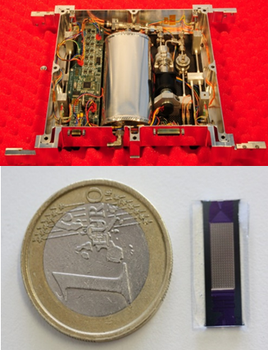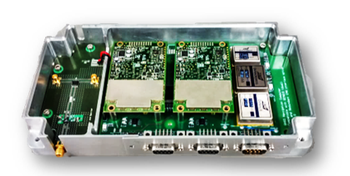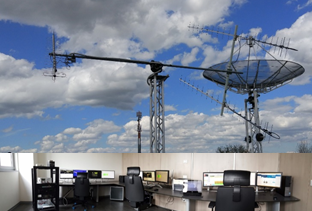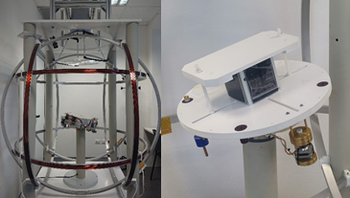Research activities of the MicroSatellite and Satellite Systems Laboratory include: -Cold and hot gas micropropulsion systems -Autonomous GNSS navigation systems -Ground segment and mission control technologies -Attitude and orbit control systems for nanosatellites The laboratory is working in partnership with both space agencies and industrial companies

Started with the experience gathered through the development of the cold-gas μ-propulsion system of ALMASat-1 microsatellite, the research activity is now focused towards the development of warm gas high test peroxide monopropellant thrusters. Aimed at filling the performance gap between cold gas and hydrazine thrusters, their working principle relies on the exothermic catalytic decomposition of hydrogen peroxide. The research, which is jointly undertaken with Sitael S.p.a. and Fondazione Bruno Kessler Trento, led to the manufacturing of various thruster prototypes, configured as silicon MEMS devices which integrates in a single unit an inlet region, the decomposition chamber and the nozzle. The last batch, featuring different combustion chamber geometries and catalytic materials, was tested during Summer 2019, showing for some configurations a complete degree of decomposition of the propellant at the exit of the nozzle.

The focus is on the study and development of accurate and cost effective solutions for autonomous real time orbit determination on board of micro- and nano- satellite platforms. In order to meet the typical requirements of the small satellites in terms of reduced development costs and time, as well as volume and power available on board, these navigation subsystems exploits the GNSS signals using COTS receivers. This relatively simple hardware architecture is coupled with sophisticated navigation algorithms in order to achieve positioning accuracy on board of a microsatellite similar to the ones delivered by commercial space-borne receivers, but at a fraction of the cost.
A model of this navigation subsystem, designed for microsatellite platforms, was validated and launched into LEO orbit on 3 December 2018, in the framework of the ESA ESEO project.

Active research area with the increasing space traffic, the Microsatellite systems laboratory include in its research new techniques for small spacecraft monitor and control. Oriented towards the application of artificial intelligence to enhance operations, research topics are: space traffic management, satellite monitoring and control, and autonomous operations.
Thanks to ESEO project, the Microsatellite Systems laboratory have its own ground segment facility where to gain hands on experience and experiment new techniques in spacecraft operations.

Pointing accuracy and stability is critical in S/C operation. Algorithms for attitude control and determination of nanosatellites rely on limited hardware and have to meet specific requirements. As part of the laboratory work, advanced control topics are employed to guarantee a higher level of performance in nanosatellites operation.
The Attitude Determination and Control System (ADCS) is a crucial subsystem in a spacecraft and one the major source of mission failures. To guarantee reliability of related algorithms and hardware, they have to be tested on-ground. The on-orbit environment is simulated thanks to the simulation testbed developed inside the laboratory to test nanosatellites ADCS. As part of the laboratory work the developed algorithms are validated on the testbed